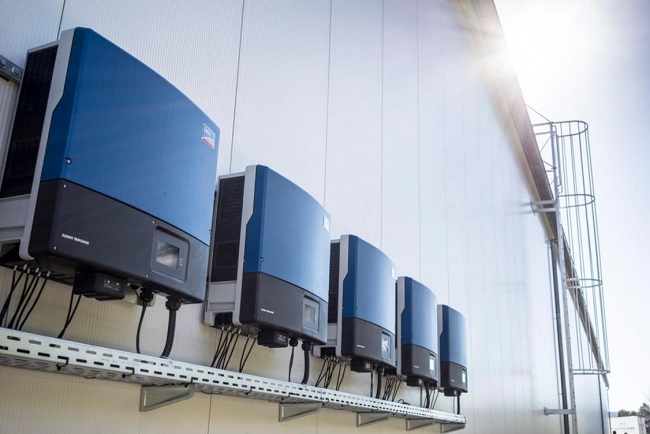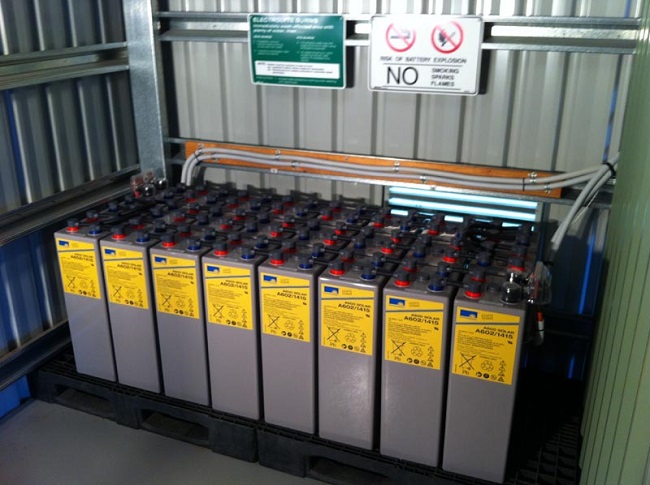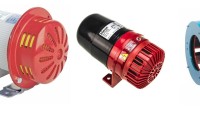What Makes Solar Power the Ideal Power Source?
Installing a solar system in your home takes a lot of careful consideration if you want to get the most value out of it. Understanding all the different solar power system parts and what they do will help you make the best buying decision. Most people are only familiar with what solar panels are and what they do, but even in this instance, they don’t really know exactly how they work, and how the energy harnessed through the sun is converted into usable energy. The essential components of solar systems are the panels, an inverter, and the racking. However, you’ll also need a way to store the energy they generate. If you’re connected to the national power grid, you don’t need any extra equipment, as the excess energy can be fed into the utility grid. However, if you’re off the grid, you’ll need batteries and a charge controller.
Solar Panels

source: azocleantech.com
The solar panels are the solar power system parts placed on the roof to absorb the energy from the sun. They convert this energy into DC, which is then fed into the inverter. Multiple solar panels working together are called a solar array, and depending on the size of the solar system you decide to install the number of panels you need will vary. The larger the solar system and the more panels you have, the more energy the solar system can harness and produce. Solar panels don’t have any moving parts, so quality panels will last you for at least 15-20 years with a warranty to back them. Many people opt to install a larger system with a smaller solar array, as they can add extra panels if they ever need more energy.
Solar Inverters

source: pswenergy.com.au
The inverter is responsible for converting the DC electricity from the panels into AC. This part is referred to as the brain of the entire system. The resulting AC electricity is fed into a switchboard, flowing through the house to power the appliances and all the electricity needs of the home. Unlike solar panels, inverters feature moving components that are constantly running. That being said, the location and maintenance of the inverter can greatly impact its efficiency. There are several different types of inverters, the most popular ones being string inverters and micro-inverters. The size and type of inverter you’ll need will depend on the environmental factors and energy needs.
Racking System

source: sola.io
Also known as a mounting system, this is what fastens the solar panels to the roof. As insignificant as it sounds in the grand scheme of things, the racking system you choose is crucial to how your solar array withstands the elements such as wind, rain and hail. In some cases, the solar system installer will have to remove some tiles on the roof to install the racking system, but this will depend on the type of roof style and make your home has. It’s important to invest in a quality, corrosion-resistant mounting system to ensure the entire solar system is safely secured to the roof.
Batteries

source: lowtechmagazine.com
Solar batteries aren’t considered necessary for on-grid systems, but they’re essential for off-grid setups. The system will charge the batteries with the extra harnessed power the home hasn’t used and store it for use when it’s necessary. Stored energy like this is usually used on overcast days or in the evenings when the amount of sunlight reaching the panels is low. With battery technology advancing rapidly in the past several years, batteries are becoming more affordable to consumers, and many people opt to include one in their solar system.
Picking the right solar power system parts will ensure you get the most out of your system. There are many benefits to going solar, the main ones being:
- Solar Power is Renewable – The sun is an infinite resource, unlike oil, coal, etc., so its rays can be harvested over and over without having to worry about depletion. Additionally, solar is clean power, making it the most environmentally-friendly option;
- Lower Electric Bills – Solar power costs a fraction of what you pay utility companies every month. A rightly sized solar system can make your electric bill $0;
- Remote Power – If you live in a remote area in Australia, running power lines to your house can be difficult and expensive, or straight out impossible. Off-grid solar systems are the ideal solution for these kinds of scenarios;
- Increased Property Value – Home equipped with solar systems usually sell for more than equal homes without one. Additionally, off-grid solar systems let you buy affordable, undeveloped property in rural Australian areas.
Of course, there are a few downsides to solar systems. Namely, they’re expensive to buy, costing up to several thousand dollars. However, the system will eventually pay for itself in the long run. The solar panels also take up quite some space on the roof, so you need to make sure you have space to put them. Although, there are racking systems that allow you to set up your solar system on the ground.



